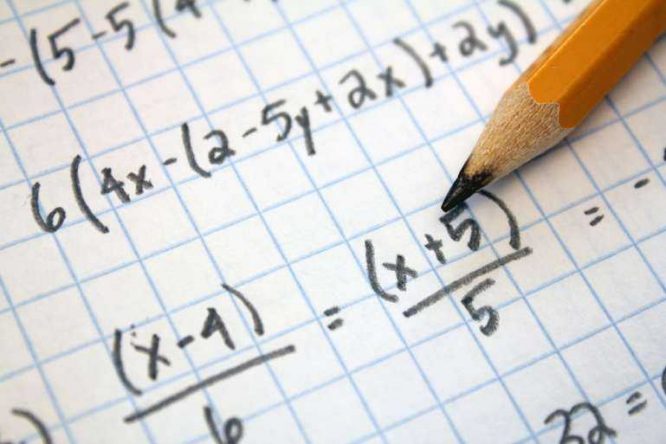Including students with Down syndrome in mainstream mathematics lessons in the primary years is achievable, but specific and ongoing professional learning for teachers is vital.
Research Developments (RD) reports that's one of the key findings of a new study by Australian academics investigating team teaching in inclusive settings.
Australian Catholic University's Dr Rhonda Faragher and Professor Doug Clarke, and Monash University Associate Professor Barbara Clarke worked with 15 teaching teams at schools in Victoria and the Australian Capital Territory.
'Our key research question is to understand how educators provide the teaching and support that offers the best outcomes when teaching year-level material from the Australian Curriculum: Mathematics,' Dr Faragher told RD.
‘Mathematics education outcomes are influenced by the way teaching teams interact. The research indicates that the most effective teaching and student learning occurs where all members of a teaching team have a clear understanding of the lesson plan and the expected learning outcome for the student.'
The academics found that teachers working with Down syndrome students need professional learning at the outset, including syndrome-specific information, followed by an ongoing, staged program looking at teaching specifics as their professional development needs evolve.
Associate Professor Clarke told RD: 'Teachers and teaching teams benefit from initial professional learning that clarifies the nature of both inclusive practice and Down syndrome, including practices that help students learn to “do school”.
‘More specifically, teaching teams benefit from understanding the effective use of resources, including calculators, in mathematics education. A calculator for students with Down syndrome is a bit like a pair of glasses for a short-sighted person.
‘A professional learning program helps teaching teams understand, for example, why a student with Down syndrome might need a calculator to calculate percentage.'
The research project (Inclusive Practices in the Teaching of Mathematics: Supporting the Work of effective primary teachers) is facilitated by the Australian Council for Educational Research and funded by Gandel Philanthropy with support from Down Syndrome Australia.
It focuses on inclusive practices, where students with learning needs work alongside their peers, rather than integration approaches which can involve students working on different tasks to the rest of the class with a teacher aide, or being withdrawn from certain lessons all together.
Read the full article: Everybody counts: Maths teaching for children with Down syndrome published in ACER's Research Developments.
As a teacher or teacher aide, how are you supporting students with diverse learning needs?
Do all staff members involved have a clear understanding of the lesson plan and learning outcomes?
As a school leader, what professional learning support is available to staff working with students with diverse learning needs?



